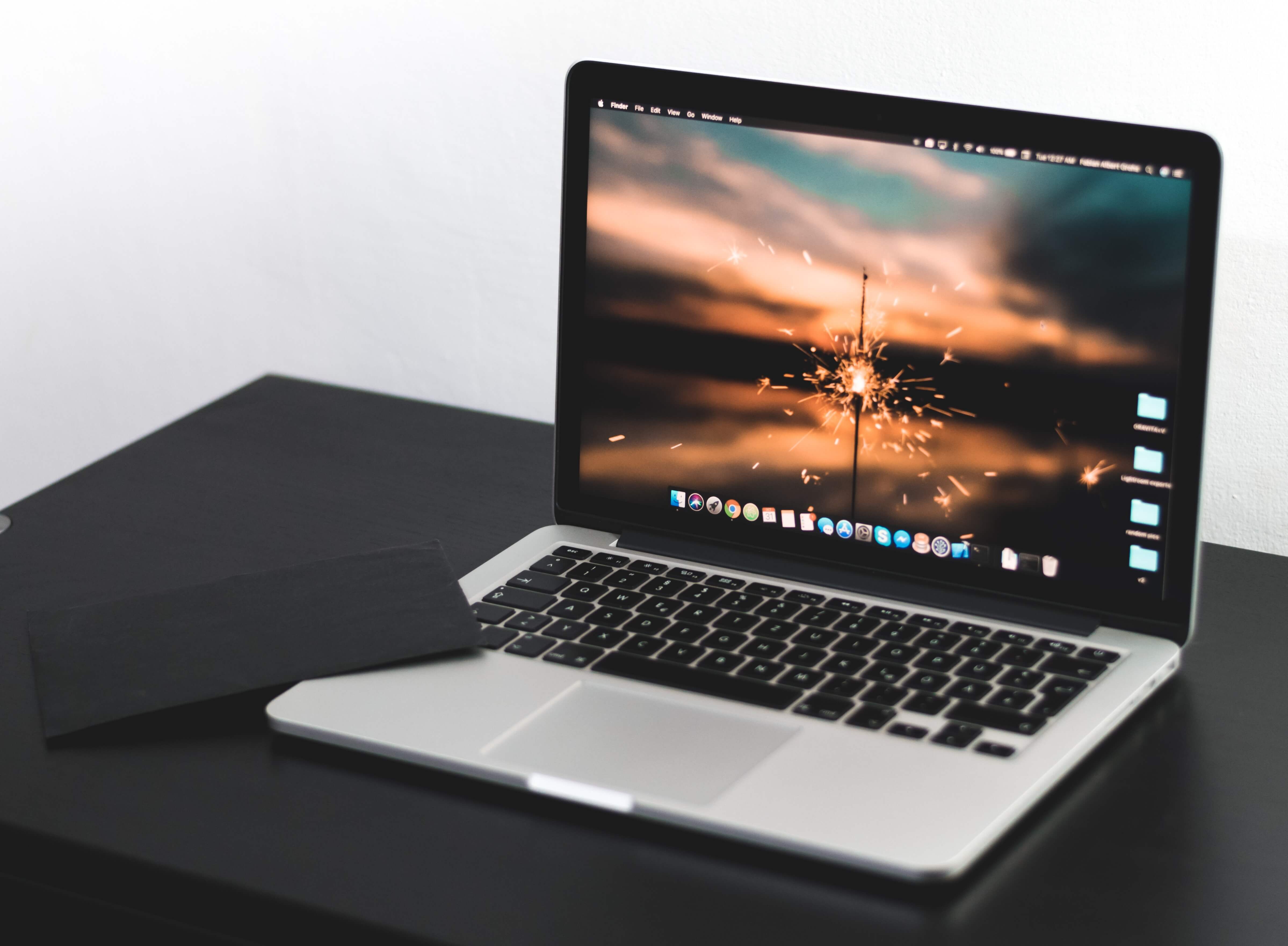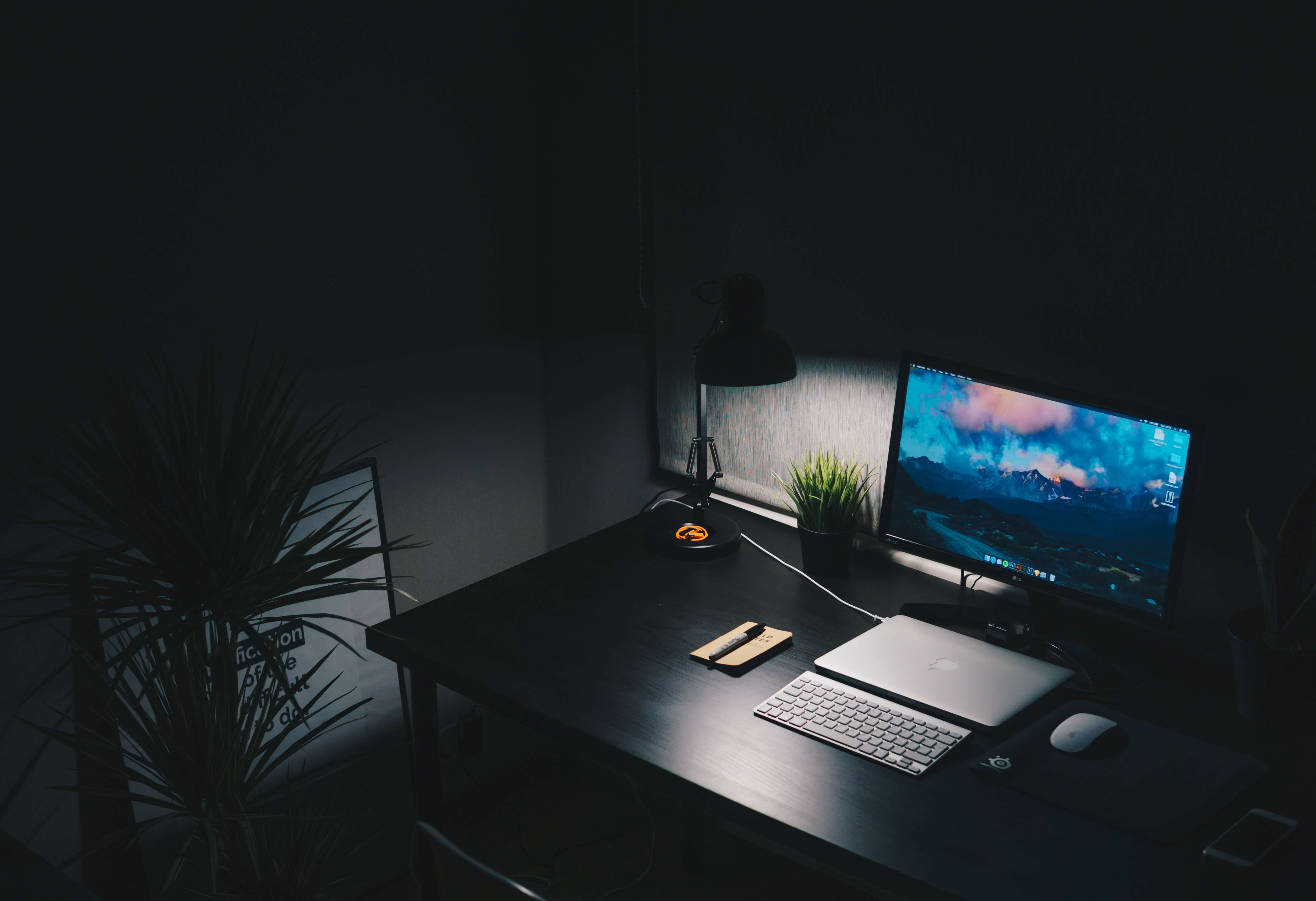Some areas of your computer will get more of your attention than the home screen. It functions like a giant folder and contains many of your most crucial programs and data (if you're into keeping things neat on your desktop, of course).
But while the majority of people are familiar with how to alter desktop wallpapers, not everyone knows that you can also customize desktop icons.
So, there are instructions for both Mac and PC users on how to complete the procedure, which varies slightly depending on the type of computer you use. Enjoy a customized desktop!

Customizing app icons on a PC
If you use Windows, things may get a little complicated. To begin with, you can only modify folders, shortcuts, and the built-in Windows applications; you cannot manually change each desktop icon. You'll need to use third-party apps to customize anything else, and we won't cover them here.
The usage of just about any image is also prohibited. You can't use your favorite .PNG pic — instead, your icon has to be downloaded as a .ICO file and have a perfectly square resolution.
You can create .ICO images on your own by utilizing internet converters or applications like Adobe Photoshop or Adobe Illustrator. Also, you can download ready-to-use icons -- some websites even offer them for free.
You can begin placing your icon on your desktop files after it has been saved to your computer. However, there are various processes for different file types.
The easiest things to customize from all Windows icons are folders.
Right-click a folder icon and choose the "Properties" option from the drop-down menu to modify it. Hit "Customize" in the top-right corner of the new small window that appears.
Click the "Change" icon under Folder Icons. Now choose your icon by using the option that appears to navigate to the directory where you saved it. Don't forget to click "Apply" to save the settings.
Now, there are also shortcuts — icons that serve as references to other programs or directories but do not themselves contain any data. A little arrow in the bottom-left of an icon indicates that it’s a shortcut.
By selecting "Properties" from the shortcut's context menu, you can modify its icon. Select the "Shortcut" option near the top of the drop-down menu, then click "Change Icon..." towards the bottom.
Browse where you stored your icon using the pop-up menu, choose it, and then click "Apply" to return to the "Properties" menu.
The thing is: while the majority of the objects on your desktop were undoubtedly added by you, others, like the Recycle Bin, are placed there by Windows by default.
Press together the Windows key + I to launch Settings and edit these icons. Select "Personalization," then "Themes" when it has opened. Choose the "Desktop Icon Settings" option under the "Related Settings" bar on the side.
You can choose which default Windows shortcuts you would like to leave on your desktop from a menu that will open. By choosing one and clicking "Change Icon," you can easily alter icons for default Windows shortcuts. Once you're finished, make sure to click "Apply."

Customizing app icons on Mac
Now, you have practically total control over the appearance of each desktop icon on macOS.
Locate the new icon you want to replace the old one with before you remove the old one. It might be a .PNG, or, well, any image file type. Furthermore, it makes no difference in size, which, compared to your options on Windows, is total freedom of choice.
Copy the new icon after finding it. If you opened the image in the Preview app, choose "Edit" at the top of the screen, then click "Copy." You can often execute this by right-clicking the image and choosing this option.
Locate the desktop file, folder, or application for which you wish to modify the icon — it can be anything from the Notes app to the Adobe Premiere Pro shortcut. Choose "Get Info" from the context menu when you right-click it.
A window with everything about that file will then appear. You can locate its latest icon at the top, close to the filename.
To highlight the current icon, click on it. Then, using the keyboard shortcut Command + V, paste in the new icon. If you choose a photo that suits the system, the icon will update right away.
Don't like the results? Simply visit the "Get Info" menu, click the icon once again, and then press the "Delete" key on your keyboard to restore the original icon. And just like that, the original look is there again!





